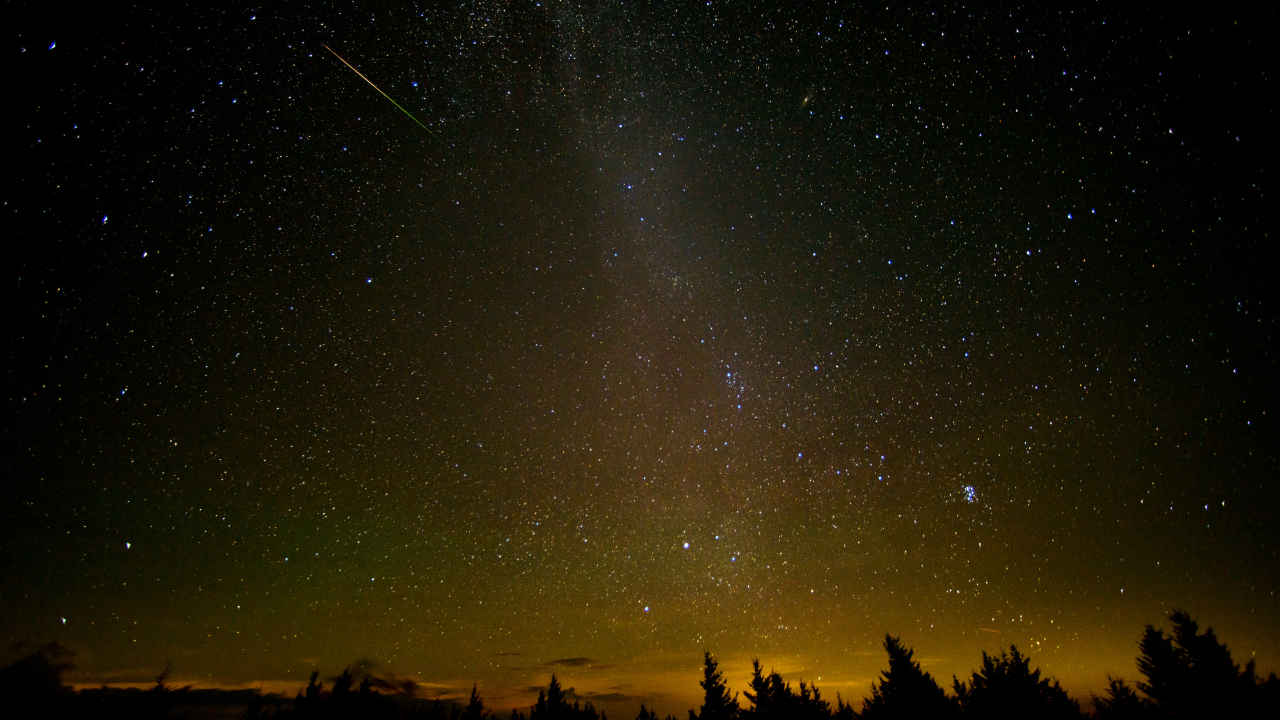
- Home
- Managed Services
- Cyber Security
- Blog
- About Us

We 365 Admin Support, just simplify your IT problems
Call for a free support. +91 96666 59505Platform Partnership
- Who We Help
- Shop
- Contact
- News






HIGHLIGHTS
Table of Contents
ToggleFor stargazing enthusiasts, the year 2025 promises to deliver an array of mesmerizing celestial occurrences. Whether you’re a seasoned astronomer or a casual observer, there’s a thrilling experience awaiting in the night sky. Let’s delve into some of the most captivating astronomical events lined up for the upcoming year.
As the year unfolds, it will begin with the spectacular Quadrantid meteor shower in early January. This event is particularly favorable for observers on the West Coast of the United States, where stargazers might witness an incredible display of up to 120 meteors per hour. These meteors will dash across the sky, lighting up the nighttime canvas and creating an unforgettable spectacle for all who look up.
In addition, stargazers can look forward to an impressive astronomical alignment featuring Mars, Venus, Saturn, and Jupiter. Witness the rare alignment of Mars, Venus, Saturn, and Jupiter this month!
On January 9, a highlight of the month will occur when the moon moves in front of the awe-inspiring Pleiades Star Cluster, also known as the “Seven Sisters.” This extraordinary sight can be observed with the aid of binoculars or a small telescope, offering a chance to witness a beautiful spectacle. Significantly, this event isn’t just a one-off; similar transits will also take place in February and July, as highlighted by Space.com, making multiple opportunities for viewers to catch this lovely phenomenon.
As March arrives, it brings with it two monumental events that stargazers should mark on their calendars. The total lunar eclipse on March 13-14 will transform the moon into a stunning shade of red as it passes through Earth’s shadow. This stunning display will be observable by millions across the United States, making it a notable date for anyone passionate about celestial events.
Another intriguing occurrence in March is the brief disappearance of Saturn’s magnificent rings. From March 23 to May 6, the planet will position itself in such a way that its rings will be tilted away from Earth, making them almost impossible to see through telescopes. However, stargazers need not fret; the rings will gradually reappear by May, offering more opportunities to appreciate this iconic feature.
Additionally, on March 29, there’s a partial solar eclipse slated, which will be visible from parts of Africa, Greenland, and Europe. Although it won’t be a total eclipse, it will still provide an exceptional view of the intricate alignment of the Sun, Earth, and Moon, captivating those fortunate enough to witness it.
Venus is set to be one of the celestial highlights of 2025. Throughout January and February, the planet will shine so brightly that it can even cast shadows on the ground. By April, Venus will transition to the morning sky, presenting itself as a slender crescent just as dawn breaks, providing yet another magnificent view for early risers.
As the summer approaches, August will dazzle stargazers with the return of the illustrious Perseids meteor shower. Even with a brightly lit moon overhead, observers can expect to see vibrant fireballs streaking across the sky. During this period, Venus and Jupiter will also make a remarkable appearance, appearing very close together for several mornings, ensuring that the summer sky remains lively and captivating.